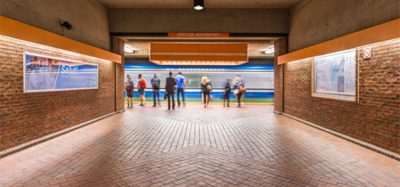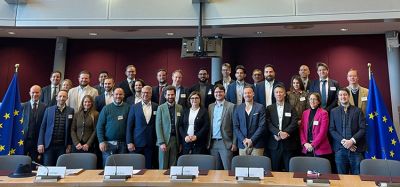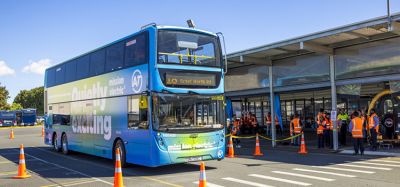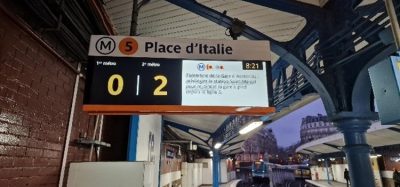Scotland launches first rural green bus route in Moray
- Like
- Digg
- Del
- Tumblr
- VKontakte
- Buffer
- Love This
- Odnoklassniki
- Meneame
- Blogger
- Amazon
- Yahoo Mail
- Gmail
- AOL
- Newsvine
- HackerNews
- Evernote
- MySpace
- Mail.ru
- Viadeo
- Line
- Comments
- Yummly
- SMS
- Viber
- Telegram
- Subscribe
- Skype
- Facebook Messenger
- Kakao
- LiveJournal
- Yammer
- Edgar
- Fintel
- Mix
- Instapaper
- Copy Link
Posted: 18 June 2019 | Intelligent Transport | No comments yet
In an attempt to connect rural Scotland, new eco-buses will offer an on-demand service picking up and dropping off passengers at safe points along the route rather than pre-determined stops.
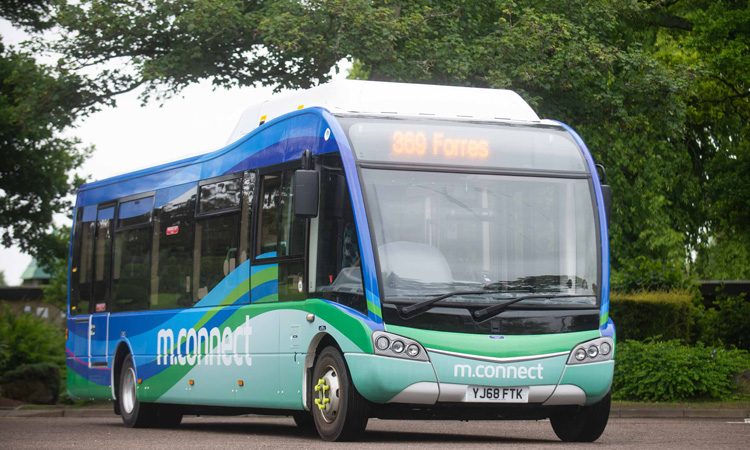

A new electric bus service which cuts emissions by up to 70 per cent is being piloted in rural Moray, Scotland.
For the first time in seven years, the communities between Aberlour and Forres will be connected by public transport, thanks to investment from the Scottish Government’s Green Bus Fund and ERDF funding. The new service, m.connect, is a HITRANS project operated by Moray Council.
The formal launch of Moray’s new eco-friendly bus service, which offers a ‘hail and ride’ option for customers – meaning the driver will pick up and drop off passengers at any safe point along the route, which takes in Aberlour, Craigellachie, Knockando, Archiestown, Dallas, Rafford and Forres.
Ideal for commuters thanks to the convenient timetabling, for tourists hopping between Speyside’s countless visitor attractions, and for connecting locals in Moray’s rural communities who would otherwise face lengthy public transport journeys, or rely on a car to get around.
Councillor Allan Henderson, Chairman of HITRANS, said: “m.connect is a very welcome addition to the Moray area. It’s an important step towards joining up our rural communities and I would urge locals to take advantage of the free trial and jump on board. It’s important for the future that we all consider green public transport as a serious alternative to taking the car and this service takes a positive step in enabling that.”
Leader of Moray Council, Councillor Graham Leadbitter, said: “I am delighted that Moray is the first rural area to trial this new type of travel. We know the significant impact electric buses have had in urban areas and we are keen to demonstrate that clean, green public transport is a sustainable and economical way forward for rural areas too.”
Related topics
Air Quality, Alternative Power, Infrastructure & Urban Planning, Mobility Services, On-Demand Transport, Sustainable Urban Transport
Related modes
Bus & Coach
Related cities
Scotland
Related organisations
HITRANS, Moray Council
Related people
Councillor Allan Henderson, Councillor Graham Leadbitter




